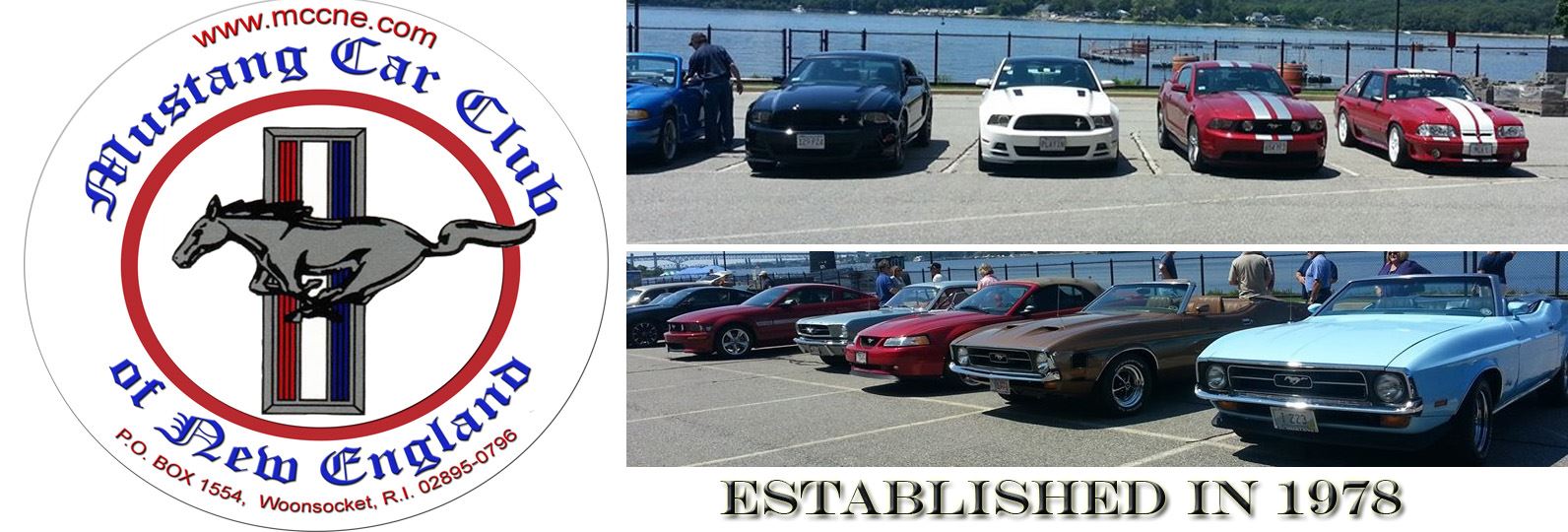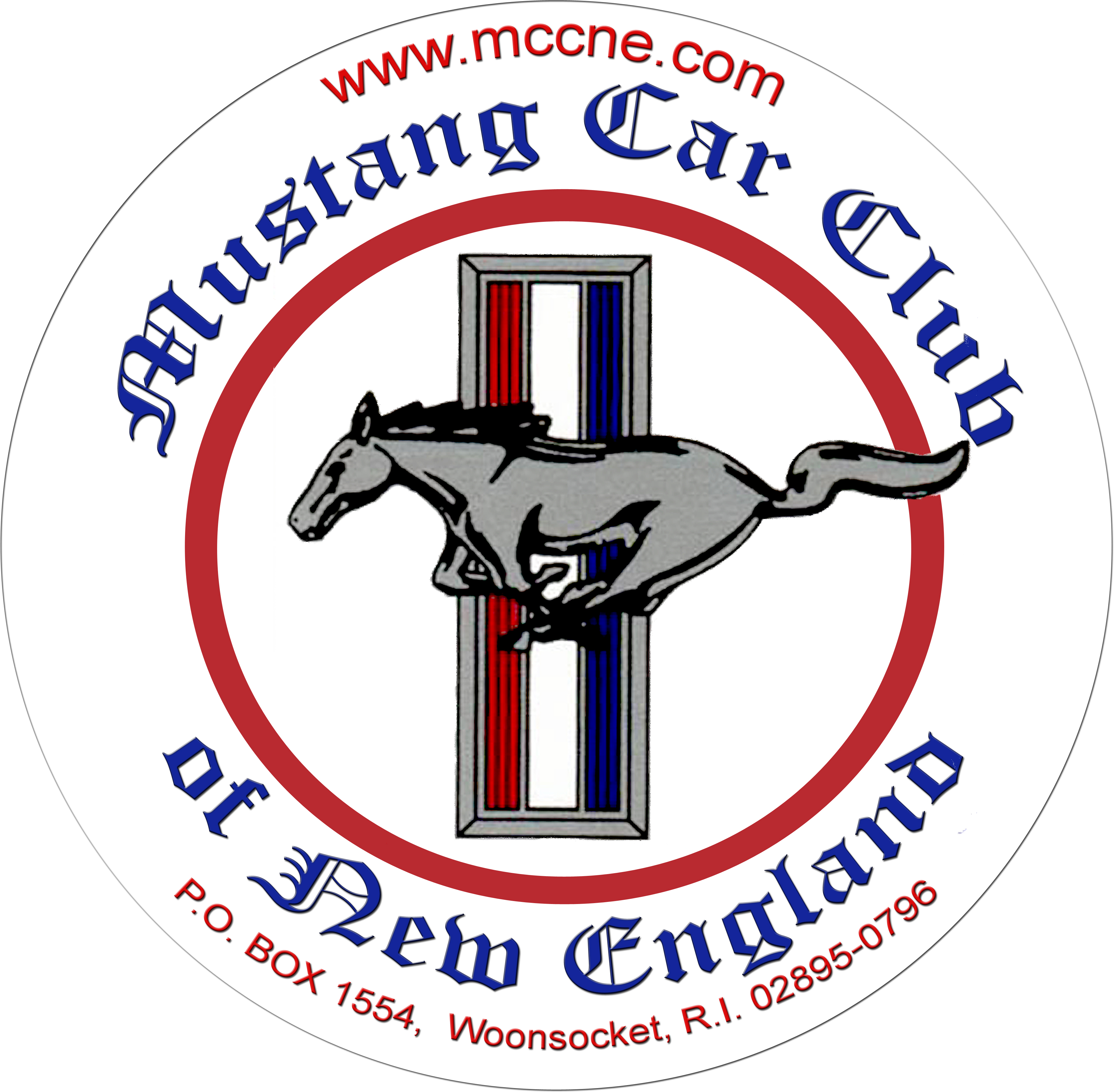|
Mustang BackgroundAll through automotive history, there has been but a sprinkling of the truly sporty performance car. Prior to World War II, only the elite of the European manufacturers produced an automobile that appealed both in looks and superior performance. It wasn’t until after World War II that an increasing number of innovative Individualists took matters into their own hands and produced the type of automobile that satisfied their own tastes. This unique era set up the chain of events that eventually led to what today is commonly known as the original “pony car”. By 1950, trends in automotive design and engine development began to respond to public demand. In 1955, Ford finally produced its first sports car, the Thunderbird. Although the Thunderbird achieved its intended objective of countering the attempt by Chevrolet to corner the sports car market with the Corvette, the price tag still left the car beyond the reach of the average American. The early 1960’s showed signs that Ford once again was after the performance market with 406 Fairlanes and Galaxies and again this type of car missed the mark and fell into the hands of only the chosen few. By 1962, Ford’s sales began to fall off and it was at this point that Ford decided to go to the people to find the type of car that would appeal not just to the wealthy or privileged but to the average American. After the most extensive public survey in automotive history, the parameters were established to produce this car of universal appeal, and eighteen months later in April of 1964, the first Mustang rolled of the assembly line and into the hands of the loyal Ford enthusiasts. Behold at long last, the Thunderbird is reincarnated and available to the average American at a price he can afford. Immediately, the Mustang fell into the capable hands of such people as Holman and Moody, Gas Rhonda, Don Nicholson, Hubert Pratt, Mickey Thompson, Carroll Shelby and New England’s own Tasca Ford Team, John Healy & Wild Bill Lawton. As the Mustang’s competition reputation grew so too did the inventory of high performance equipment and factory options. In 1967, the first major revision to the original design came in the form of a wider body, wide enough to accept the 390 and 427 big block engines, and subsequent transformation into the 428 Cobra Jet, Mach-1, Boss 302, 351, 429 and scores of other performance combinations. The Mustang Legend continues today, with its roots planted firmly in 1964 and its sights aimed at the stars. It IS what it WAS and MORE!!! |

